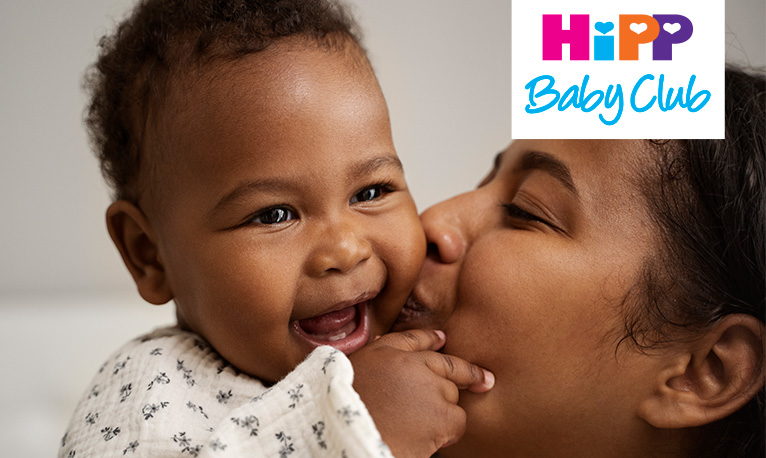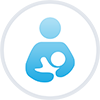Week 1 and 2
It's a little odd, we know, but technically your pregnancy begins on the first day of your last period and lasts around 40 weeks. For most women, the egg that will become your baby is actually fertilised around 2 weeks after that - so in actuality, you'll probably fall pregnant around the beginning of the official ‘week 3’.
Check your estimated date of delivery.
The 40 weeks of pregnancy cycle are divided into 3 ‘trimesters’:
- First trimester = the first 12 weeks
- Second trimester = from week 13 to week 27
- Third trimester = from week 28 until birth
If you're hoping for a baby, or suspect you may be pregnant,it's very important to take a daily 400mcg folic acid supplement (and continue it until you are 12 weeks pregnant). Why? This is when your baby's brain and spinal cord start to develop, and getting enough folic acid will help to reduce the risk of problems with that stage of development, which can cause conditions like spina bifida. Eating foods rich in folic acid is a good idea, too; here's a list of the top ways to get folic acid in your diet.
Are you taking any medication?
If you're trying to conceive, it's important to talk to your doctor about any medications you're taking, to ensure they are safe to take during pregnancy.
If you smoke, the best thing you can do is to give up straightaway, and encourage your partner (if they smoke) to do the same! It's tough to do, we know, but it's one of the greatest gifts you can give your baby-to-be, and there's plenty of help available.
For more information on stopping smoking during pregnancy, you can speak to your GP, visit the NHS website, or contact the NHS Smoking Helpline on 0300 123 1044 (England only; Monday to Friday 9am to 8pm, Saturday and Sunday 11am to 4pm).
Noticing the first signs of pregnancy
Although there are no medical symptoms or signs of pregnancy immediately after fertilisation, women often have an instinct that tells them otherwise. You might notice a state of mind that you’ve never felt before, where you feel happy and satisfied as if you’d completed a major task. However, this alone is not a guaranteed sign of pregnancy.
Possible signs of pregnancy are generally divided into three categories.
If you notice these signs, there's a chance you may be pregnant:
- Tiredness
- Sore breasts
- Nausea
- A metallic taste in your mouth
- Sharp abdominal pain
Once you notice these signs, you can almost certainly assume that you are pregnant:
- You don’t get your period
- Constant nausea
- Sore breasts and sensitive nipples
Medical certainty established by:
- Detection of pregnancy hormone HCG in urine or in blood
- Confirmation via an ultrasound scan performed by a doctor
Individual symptoms from the first two lists of signs will not tell you for certain that you are pregnant, but they might lead you to suspect it. Only if you experience multiple symptoms at the same time will your suspicions grow, in which case a pregnancy test may be a good idea. Once you are certain you are pregnant, your due date can be calculated by using our Due Date Calculator.
Size of your baby in weeks 1 and 2
In weeks 1 and 2, there is still nothing to be seen of the embryo, as your child is initially known when they begin to develop in your womb. It’s not until week 3 that a very small embryo may be visible in an ultrasound scan.
Your baby’s development
“Embryo” means an unborn offspring, and the term is used to describe the fertilised egg from week 4 of pregnancy. From around week 10, when all vital organs have formed, we stop referring to your child as an embryo and start using the word foetus instead.
You may well be using a pet name for the unborn baby in your tummy - Peanut of something cute lie that - and that's great! We prefer to avoid medical terms like "embryo" or "foetus" as far as possible, so we'll talk instead about your baby/unborn child, etc.
The egg which has matured so that it can be fertilised by the male sperm is between 0.11 mm and 0.14 mm in size at this stage, which means it can’t be detected without using technology. It contains all your genetic information and is therefore a hugely important part of the developing embryo.


